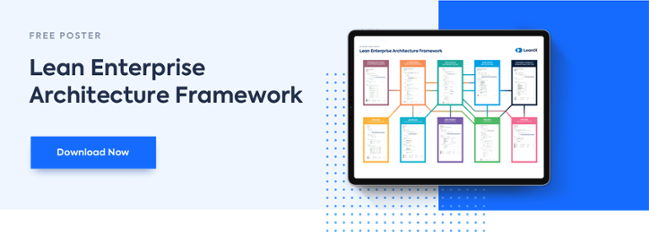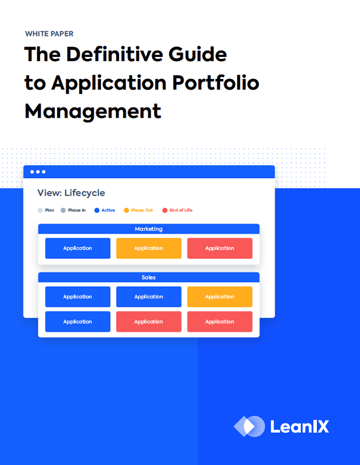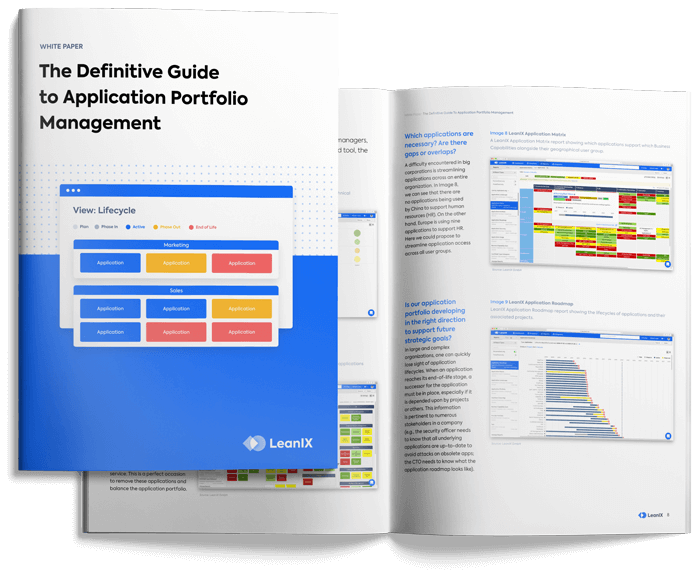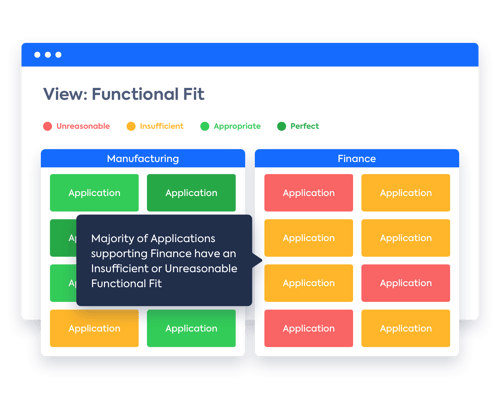Now that we have covered why Application Portfolio Management is necessary, it is time to show how to actually get started with Application Portfolio Management and assess your portfolio.
1. Compile a list of applications
Compile a list of past, present, and future applications deployed on your system. This should include all users and offices worldwide. Use the SaaS management process to identify SaaS applications.
2. Identify who owns the application
Identify the affected stakeholders (users) of the applications. During this discovery period, it is common to find out that very few people are using certain applications. You may also find that some applications are, or are becoming, totally unused.
3. Identify the lifecycle of the application
Once a technology is activated, its value increases and its potential risks go down. As it reaches its end-of-life, however, IT management has to confront challenges such as integration issues, limited functionality, varying service levels, lack of available skills, and missing support from vendors. Many experienced executives are quite good at managing risk at an early stage but may nonetheless still ignore the risks of technology at the end-of-life stage.
4. Assess the usage of applications
Misused applications can be identified by conducting a thorough application rationalization. Applications are not often used to their full potential or can be easily exploited when used incorrectly.
5. Establish the application business value, its quality, and its costs
Determine the total cost and business value of every single application– even the ones barely used. Compare this cost to the TCO of similar applications being used in the industry. At this stage, it is best to use business capabilities.
Business capabilities define what a business is doing right now and what it needs to be doing in order to meet current and future challenges. They outline “what” a business does rather than “how” it is done. Additionally, business capabilities help to identify redundancies in IT, spot risks, and develop innovative technology solutions.
6. Create an application architecture framework
One best practice is to develop a rationalization framework for your application architecture by defining a set of business, information, and application concepts that your organization would like to see reflected in the long term.
LeanIX, by providing an easily referenceable, tangible, visual display of the application landscape, can establish an overview of which parts of the organization are being fulfilled by the current application stack in order for you to determine what is truly needed.

7. Map the total concept onto the landscape
Business leaders, IT heads and EAs should gather to review the recommended actions of each application and design an implementation roadmap for moving forward. Involving various business leaders while creating a supporting architecture will help to establish transparency and properly align the business to IT.
Though some consolidation efforts will be easier to implement than others, it is best to unite applications within one business domain (e.g. Human Resources, Financials, etc.) to achieve a shared business model.
8. Make application rationalization a continuous process
Once an application portfolio is officially inventoried and optimized, it is imperative to continually maintain the landscape. One-time application rationalization endeavors might save the organization money in the beginning, but they lack the long-term value that continuous application rationalization promises.
Application rationalization improves the overall effectiveness of IT by regularly ensuring that the IT landscape is actively aligning to business goals and objectives.
Check out the video below and join Ross Francis from UnitingCare — one of Australia’s largest charitable providers of healthcare and support services in Australia — to present his group’s journey to LeanIX. Francis shared details about the IT complexity inherent to UnitingCare’s IT environment and shared an APM Business Case Example within his company.
Duplicate technology, spreadsheets, inconsistent data — in order for UnitingCare to reach its 2030 transformation roadmap, it had to thoroughly organize its application landscapes and take care of what Francis termed “dirty data”.





/EN-12StepsBetterIT_Poster_Resource_Page_Thumbnail.png?width=260&height=171&name=EN-12StepsBetterIT_Poster_Resource_Page_Thumbnail.png)
/WhitePaper_Resource_Page_Def_Guide_to_APM.png?width=260&height=171&name=WhitePaper_Resource_Page_Def_Guide_to_APM.png)
/LeanIX_Poster_Best-practices-to-define-energy-business-capability-maps.png?width=260&height=171&name=LeanIX_Poster_Best-practices-to-define-energy-business-capability-maps.png)


